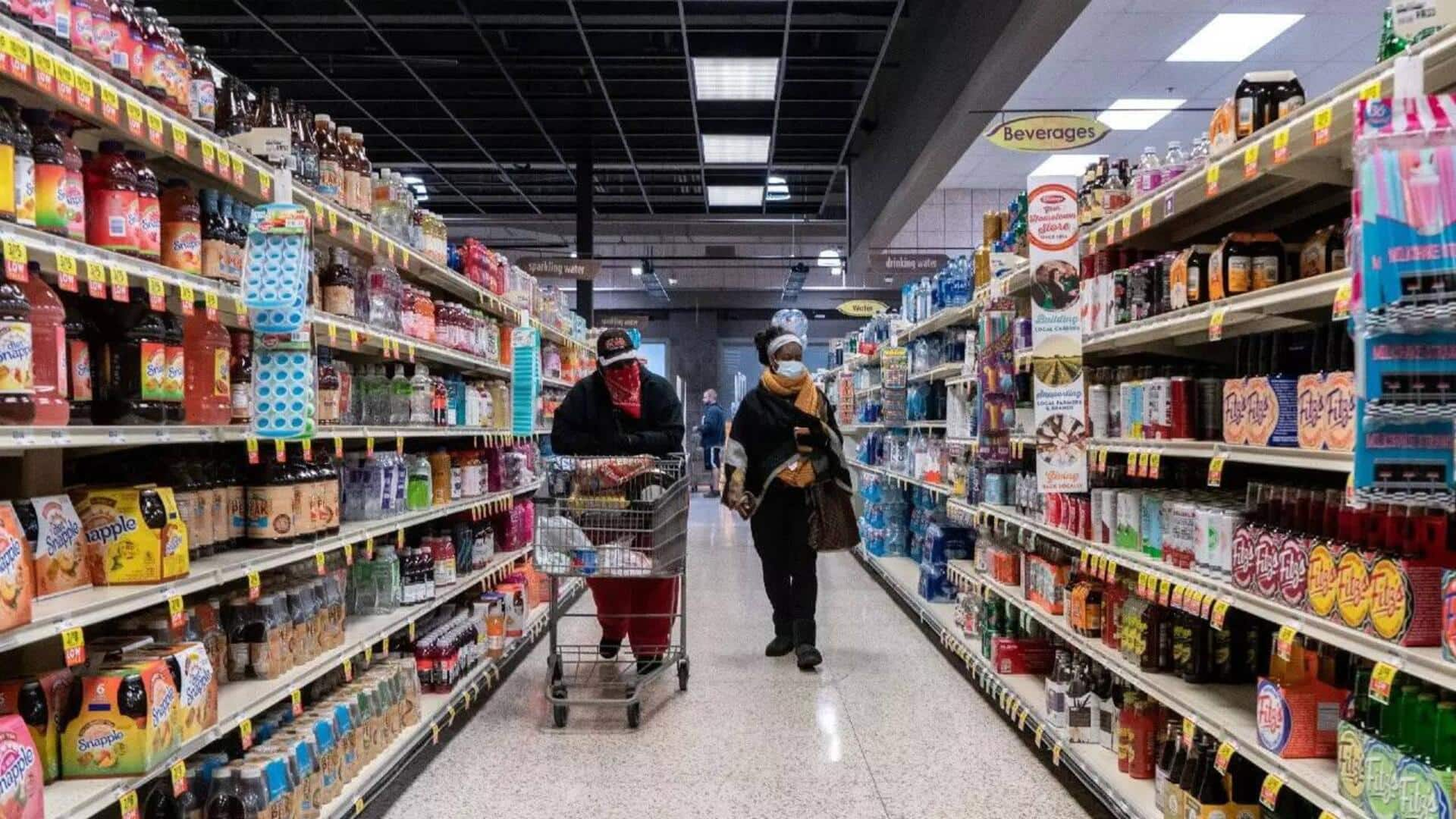
US consumers' fear of unemployment hits highest level since pandemic
What's the story
Americans are growing concerned about the health of the labor market, according to a recent survey by the Federal Reserve Bank of New York. The March survey showed that consumers believe there is a 44% chance the unemployment rate will increase in a year. This is the highest level of concern since April 2020, the beginning of the COVID-19 pandemic.
Personal insecurity
Job security concerns and economic resilience
The same survey found that Americans are also becoming less secure about their job stability. The average perceived likelihood of losing one's job in the next year has increased to 15.7%, a 12-month high. Despite these negative sentiment surveys, objective data continues to reflect resilience in the wider economy, with the US job market maintaining steady employment gains for over four years now.
Rising inflation
Inflation expectations rise amid economic uncertainty
The urvey also revealed a sharp jump in respondents' short-term inflation expectations. These rose 0.5 percentage points to 3.6%, the highest reading in one-and-a-half years. Economists have warned that President Donald Trump's aggressive tariff policy and the developing trade war could increase prices for consumers, thereby re-accelerating inflation. The survey also showed that fears about inflation in the next year don't necessarily affect longer-term expectations.
Stable outlook
Long-term inflation expectations remain stable
The three-year-ahead inflation expectations stayed at 3%, while the five-year mark saw a slight dip of 0.1 percentage points to 2.9%. According to CNN, the Federal Reserve constantly monitors indicators of near-, medium-, and long-term inflation expectations, which may be self-fulfilling prophecies for consumers. If individuals believe prices will rise in the future, they might spend more now or demand higher salaries. Companies facing increased costs might then raise prices as a result.